The Festivals of Assisi
In the second of our ‘Spotlight on Assisi’ series, we have invited back tour guide extraordinaire Alex from Italy Aroma to tell us more about the city’s rich plethora of festivals. One of the things we love about Italy is its incredibly diverse calendar of events that ensures that the country doesn’t forget its cultural history but instead continually celebrates it. Assisi is no exception.
Easter
Assisi is of huge importance to Christians, many of whom perform pilgrimages to the city around this time. One of the most colourful festivals over this period is the Good Friday Procession, attended by the town’s religious guilds dressed in their colourful costumes. However, also not to be missed is the evening Processione del Cristo Morto, a procession of barefooted and hooded penitents through the torch-lit Medieval streets which we think is spectacular.
Calendimaggio
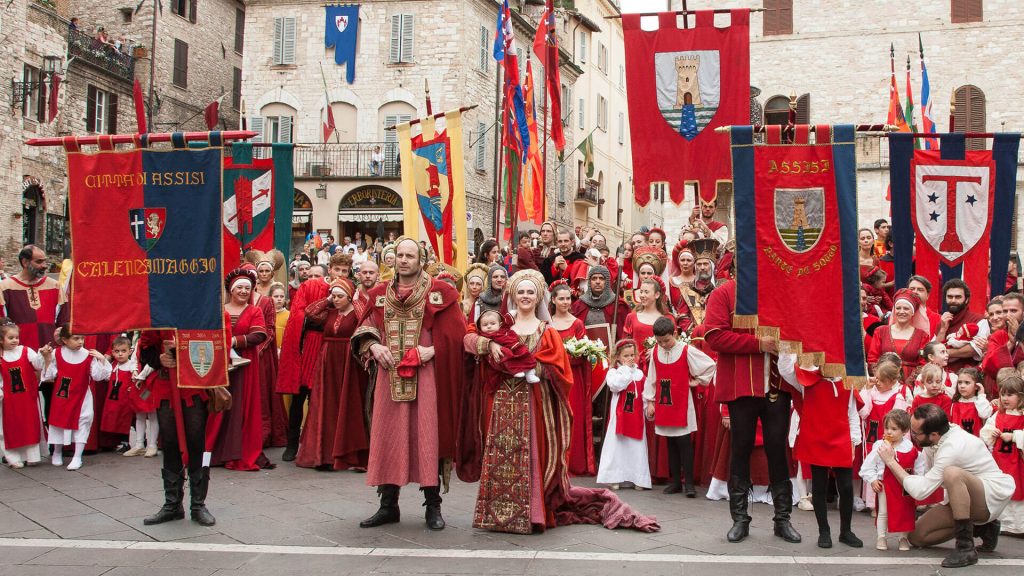
Held across the first Thursday, Friday and Saturday in May, the origins of Calendimaggio have been lost in time but they may well date back to pagan practices that celebrated different joyous rituals, the return of the spring and thus the renewal of the life cycle. However the event certainly also owes much to Medieval times when the ancient chronicles inform us that Assisi reached its maximum splendour but also became divided in two – the ‘Upper Part’ – Parte de Sopra – and ‘Lower Part’ – Parte de Sotto – belonging respectively to the rival families Fiumi and Nepis. During this period, there were constant battles between the two houses however even during these periods of strife, the habit of celebrating the Spring festival would prevail.
Whatever its origins, the modern Calendimaggio dates back to 1954 and is a lively exciting event. The Parte de Sopra represents the nobles of the city and are located in the upper neighbourhoods of Assisi, composed of the three houses (Porta Perlici, Porta San Rufino and Porta Mojano). The Parte de Sotto in contrast represents the simple people of the city and is located in the lower neighbourhoods of Assisi, composed of the three houses of Porta San Giacomo, Porta San Francesco and Porta San Pietro.
The two rival camps breathe life back in to ancient Medieval competitions and the event is now a wonderful celebration of Spring, consisting of a contest of songs, games and plays between the upper and the lower parts of the town. On the final evening, the Madonna Primavera, the most beautiful ‘Lady Spring’, is elected. And of course, all this is accompanied by plenty of the region’s culinary specialities, not least the delicious porchetta (roast pork flavoured with fennel) washed down with a glass or two of wine.
La Maggiolata
Held at the end of May each year, La Maggiolata is one of Assisi’s more unusual festivals. Best described as a progressive dinner, this ‘journey’ through the gardens, cloisters and alleyways of Assisi is promoted by the Theatre Piccolo Teatro degli Instabili. Participants will find an abundance of food, wine and entertainment on offer throughout the evening with music, songs and dance to accompany the long supper that is served at different locations throughout the city.
Corpus Domini
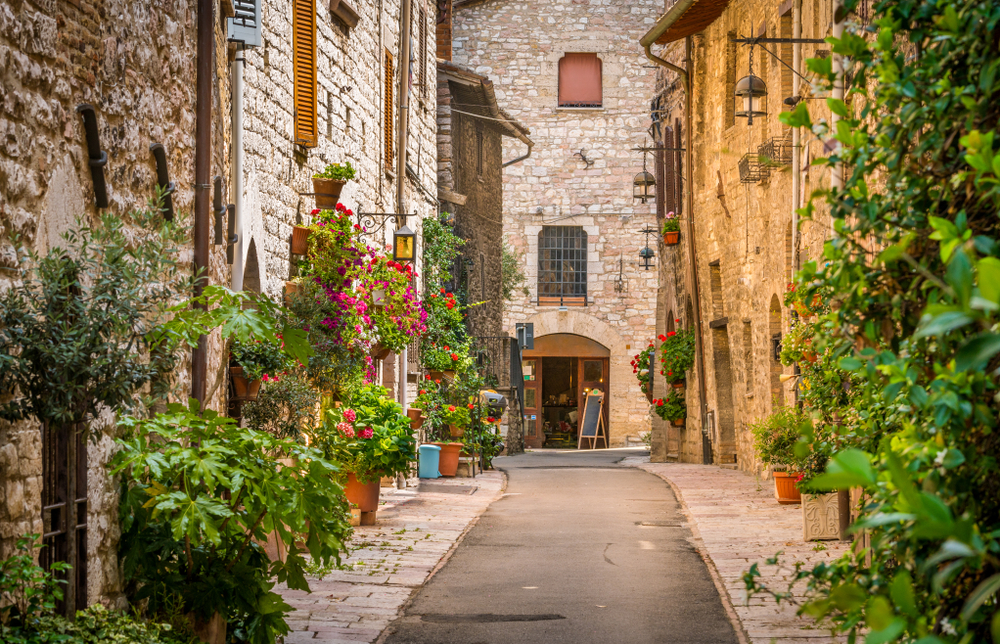
Held at the end of June, this is a beautiful event where the streets of many towns and villages all over Italy are blanketed with images made from thousands of flower petals. You’ll fine one of the most impressive examples in neighbouring Spello whose ‘Infiorata’ is world famous. However, whatever time you visit Assisi in June, you won’t miss out on enjoying an incredible array of flowers. The city holds an annual competition to see who has the best balcony so residents will always make an effort to ensure that their balcony has the most stunning flowers.
Palio Di San Rufino
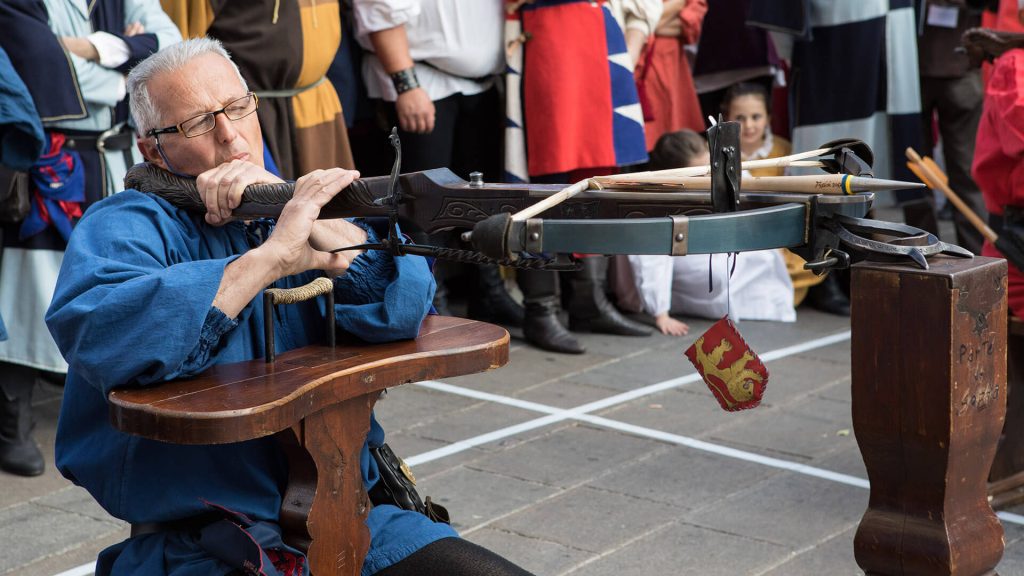
Held in the last weekend of August, the Palio of San Rufino is a Renaissance style crossbow competition. The crossbowmen are divided into three teams – San Francesco, San Rufino and Santa Maria – all competing for victory with the winner awarded the ‘drappo’ (cloth) painted by a national artist. Other prizes are awarded such as the ‘calzabraga’ and title of ‘city champion’ given to the archer with the fastest fire rate with a single shot.
Visitors will find participants dressed in Medieval costumes and a whole host of other events form this three day spectacle, including the Flea Market of San Rufino, a historical re-enactment of the traditional town fair that was held in the days of the St Francis. Ancient documents now preserved in the Town Library of Città di Castello mention this market as a significant event for the city of the ‘Poverello’.
Cavalcata di Satriano
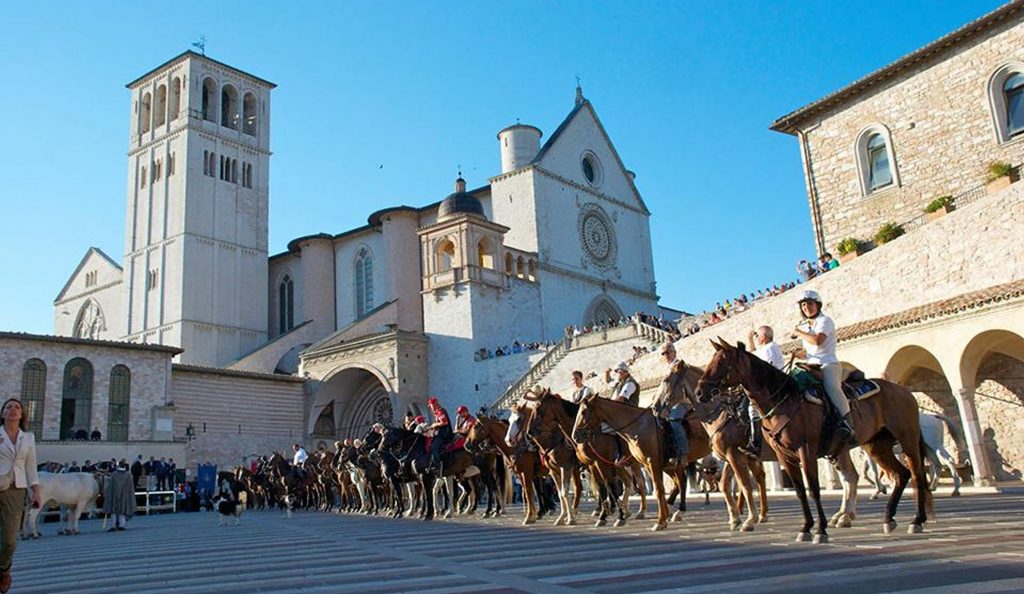
The Cavalcata di Satriano is the re-enactment of the last journey made by St. Francis to Assisi. Held in the first weekend of September each year, a large group of knights retrace the journey he made in 1226 from Nocera, through Satriano and Pian della Pieve, to his final destination of Assisi. St Francis was seriously ill at the time, having spent a long period undergoing exhausting therapies for a relentless eye affliction.
According to Franciscan Sources, the citizens of Assisi, aware of the seriousness of his illness, had sent a formal delegation of knights to bring back the saint in a procession up to his hometown. Francis and the knights stopped along the way at Satriano, a village between Assisi and Nocera Umbra. Being hungry the knights attempted to buy something, but all returned empty-handed. Francis accused them of trusting more in their money than in God and told them to return but this time to not be ashamed but to ask humbly for food, offering the love of God in place of money. The knights went immediately to beg and were given a plentiful supply of food so that they no longer went hungry.
The event has been held in the city since 1926 when it was set up by Mayor Arnaldo Fortini who formed the ‘Company of the Knights of Satriano’ in 1923. to remember the last days of San Francesco’s life.
Feast of Saint Francis
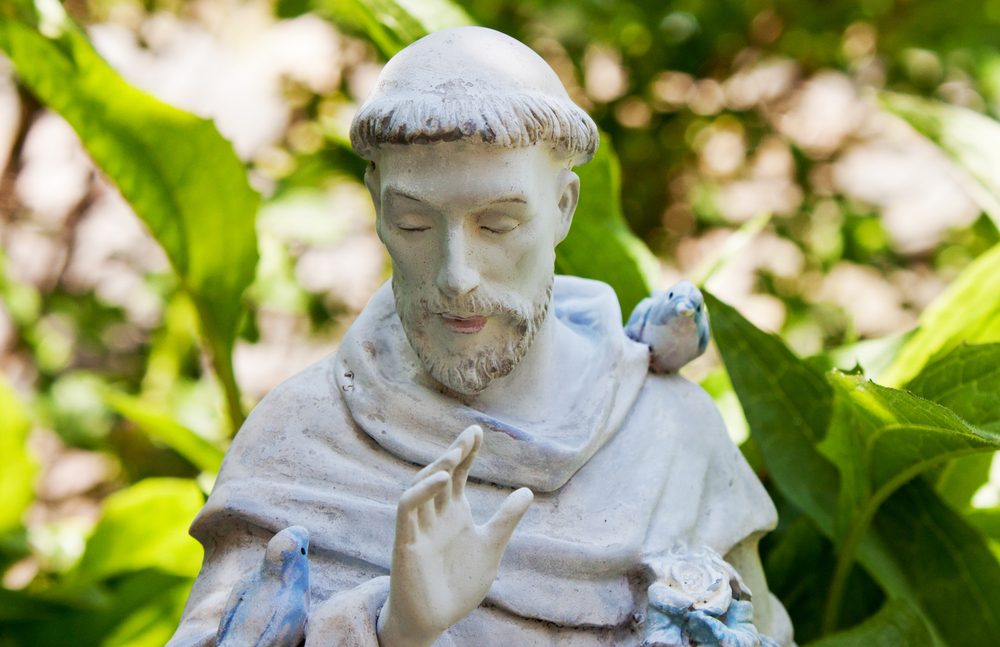
Held on 4 October each year, the Feast of St Francis is a major day in the Christian pilgrimage calendar and attracts visitors from all over Italy. Each year, a different Italian region is chosen to renew the oil that continually burns in the lamp in the Tomb of St Francis. Later in the day, there is plenty of music and dancing, and of course plenty of food to accompany the celebrations. The speciality is mostaccioli (biscuits made with almonds and honey) and pancaciato (bread made with cheese and raisins).
Feast of the Immaculate Conception
The start of December sees the Feast of the Immaculate Conception when townsfolk in both Santa Maria degli Angeli and Assisi will gather around a huge bonfire lit at both the Rocca Maggiore in Assisi and the Basilica in Santa Maria degli Angeli.
Christmas
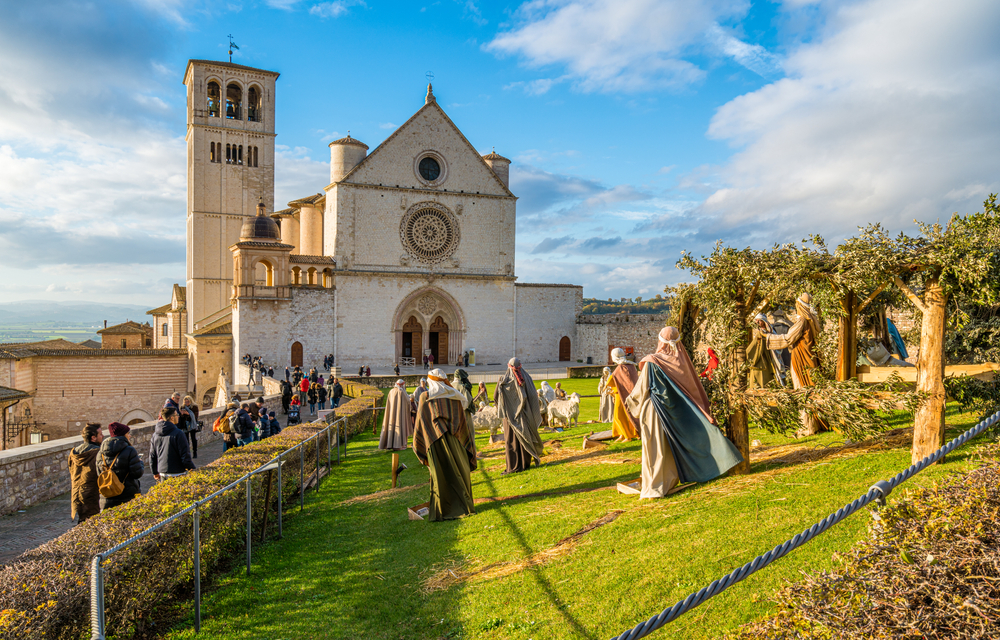
The culmination of the annual calendar of festivals in Assisi, Christmas is actually a relatively quiet time in the city with many businesses closed. However, it’s also a magical time as these same businesses adorn their windows with intricate manger scenes – presepi. The largest of these is a life-size nativity scene at the Basilica of St Francis.


